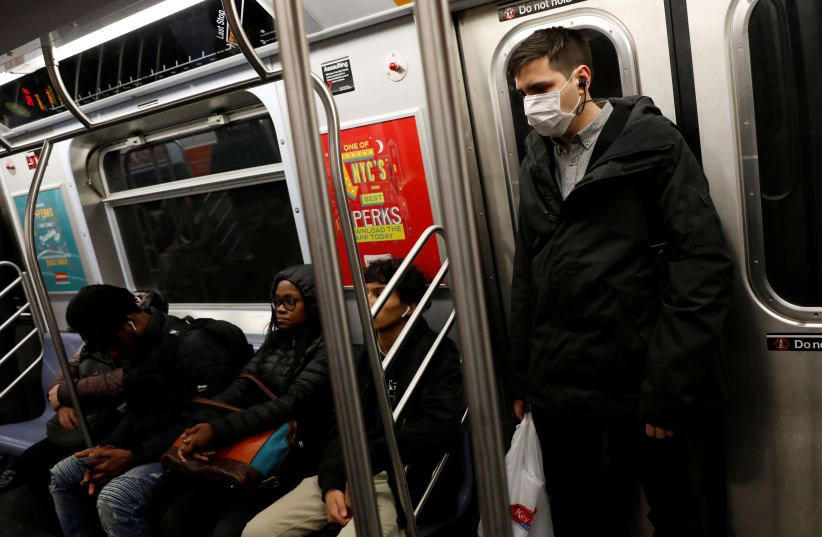Less populated areas of New York, Virginia and Maryland took their first steps towards lifting lockdowns on Friday, part of a patchwork approach to the coronavirus pandemic underscoring political divisions across the United States.
Construction and manufacturing facilities in five out of 10 New York state regions were given the green light to restart operations on Friday, although New York City, the country's most populous city, remained under strict limits.
Joe Dundon, whose construction business in Binghamton, New York, was able to start up again on Friday after shutting down in March, said he had a long backlog of kitchen and bathroom remodeling projects and several estimates lined up for Friday.
"We are more than excited to get back to work," he said.
New York state, home to both bustling Manhattan and hilly farmland that stretches to the Canadian border, has been the global epicenter of the pandemic but rural areas have not been nearly as badly affected as New York City.
Statewide, the outbreak is ebbing. Coronavirus hospitalizations in New York declined further on Thursday from 6,706 a day earlier, Governor Andrew Cuomo said on Friday. The number of new coronavirus deaths in the state was 132 on Thursday, down from 157 a day earlier, he told a news briefing.
Cuomo said New York would join the nearby states of New Jersey, Connecticut and Delaware in partially reopening beaches for the Memorial Day holiday weekend on May 23-25.
Pockets of Virginia and Maryland were allowing an array of businesses to reopen, in contrast to the region's biggest cities - Washington, D.C., and Baltimore - which extended their stay-at-home orders for fear of a spike in coronavirus cases and deaths.
The patchwork approach has largely formed along demographic and political lines. Republican governors generally have pushed to reopen more quickly to jumpstart the crippled economy, especially in more rural areas.
Democratic governors have been more cautious, especially about big cities, citing concerns for public health from a virus that has killed more than 85,000 Americans.
PANDEMIC DIVISIONS
Those divisions were on display in Wisconsin this week after the state's Supreme Court invalidated the governor's stay-at-home order, causing confusion as local leaders responded in various ways across the Midwestern state.
Mayor Satya Rhodes-Conway of Madison, Wisconsin, decided to keep the city's stay-at-home order in place until May 26. She said on Friday she was not sure when schools could reopen in Madison, home to the sprawling University of Wisconsin.
"Madison is not an island. What happens when somebody else comes in and reinfects us?" Rhodes-Conway asked on CNN.
The eagerness to ease restrictions reflects the devastating economic toll of COVID-19, the illness caused by the virus. More than 36 million Americans have submitted unemployment claims since mid-March, and government data on Friday showed that retail sales plunged 16.4% last month, the biggest decline since the government started tracking the series in 1992.
The US House of Representatives was due on Friday to vote on a $3 trillion Democratic bill to shore up the economy, but it appeared to lack support from Republicans, who control the US Senate.
Having staked his Nov. 3 re-election hopes on a strong economy, Republican President Donald Trump has urged states to reopen despite warnings of health experts, including some on his White House task force, that a premature lifting of lockdowns could spark more virus outbreaks.
Trump has also voiced support for protesters, sometimes armed, who have urged states to swiftly reopen their economies.
Thousands of protesters were expected on Friday to descend on Pennsylvania's state Capitol in Harrisburg to demonstrate against Democratic Governor Tom Wolf's stay-at-home order.
Pennsylvania ranks 12th among US states in COVID-19 cases per capita, according to a Reuters tally.
Thirty of its 67 counties are under a stay-at-home order that allows only for essential business and travel to take place until June 4. Businesses are allowed to be open in the other 37 counties but they must follow safety orders.
